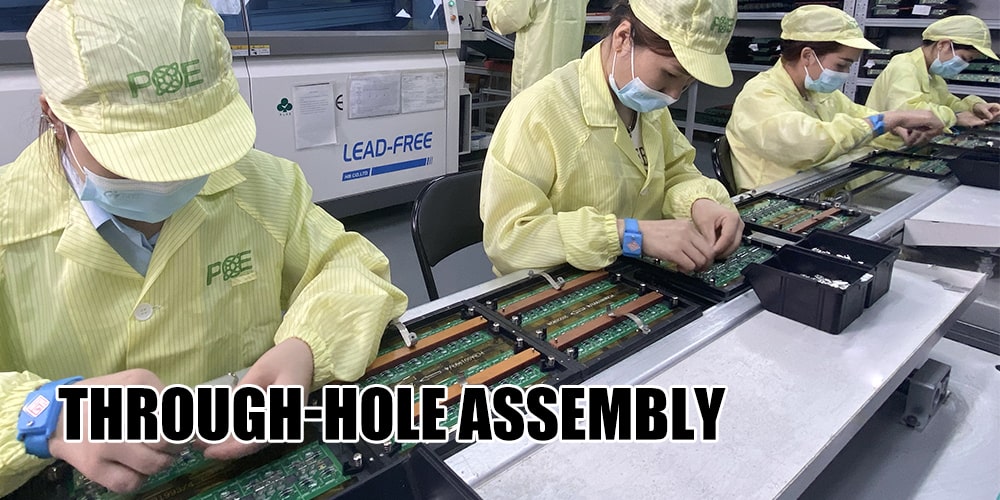The Importance of Through-Hole Assembly in Electronic Manufacturing
21 January 2025
Views: 1746
PCB assembly has two main types: through-hole assembly and surface mount assembly. Despite the introduction of surface mount technology, through-hole assembly remains an important component of many electronic devices due to its unique advantages and functionality.

What is through-hole PCB?
In through-hole PCB assembly, components are mounted onto the PCB by inserting their leads through pre-drilled holes on the circuit board. These leads are then manually or wave soldered onto the solder pads on the opposite side. While this method is older compared to surface mount technology, it provides robust component connections and is often used for components that require stronger connections to withstand physical stress or higher temperatures.
Key Advantages
The main advantage of through-hole technology lies in its superior mechanical bonding between components and the circuit board. This makes it particularly suitable for applications that need to withstand significant environmental pressures, such as military-grade products or aerospace equipment.
Additionally, through-hole components are generally larger than SMT components, making them easier to handle during prototype production stages when manual assembly may be required. This also facilitates easier testing and troubleshooting, as individual components can be effortlessly replaced or reworked.
Significance in Hybrid Assembly
In today's complex electronics field, many components require the combined use of surface mount and through-hole technologies. For instance, large capacitors and connectors often use through-hole mounting for better structural support, while smaller passive components utilize surface mount technology to save space.
Through-Hole Technology in Modern Electronic Manufacturing
Although SMT has largely taken over mass production due to its lower cost and higher component density per unit area, through-hole technology still holds a significant position in electronic manufacturing. It is widely used for handling high-power parts or components that require robust mechanical bonding.
Furthermore, some industries prefer this traditional approach because its reliability has been proven over time, which is especially crucial for safety-critical applications like medical devices or automotive systems, where failures can have severe consequences.
Conclusion
As we continue to move towards miniaturization in electronic design and production, new technologies like SMT have taken center stage. However, through-hole PCB assembly remains a critical process that is unlikely to disappear. Its reliability under extreme conditions, coupled with its usability during the prototype design process, makes it an indispensable technology in various fields of electronic manufacturing. If you have PCB assembly needs, please contact us at POE. We have over twenty years of experience in PCB assembly!

Share This Story, Choose Your Platform!
















